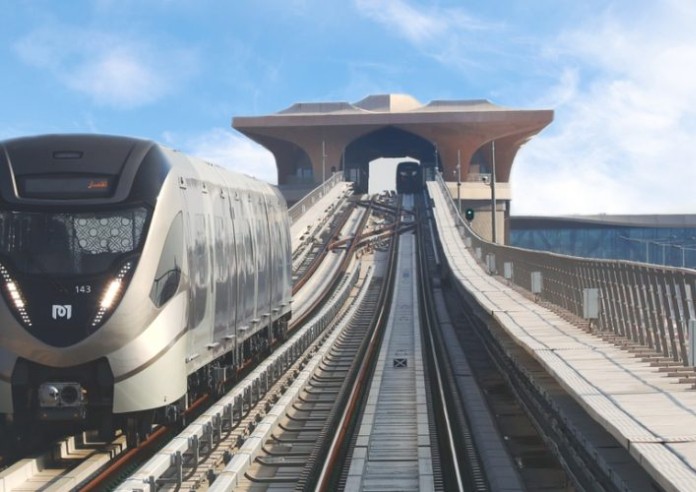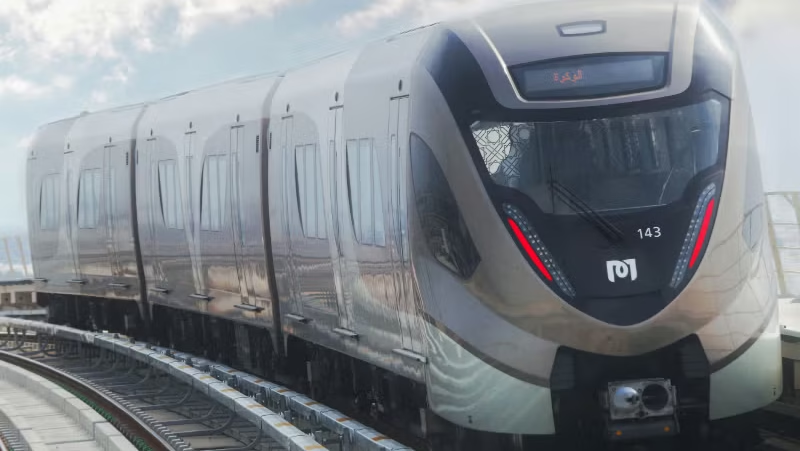Getting around Doha is now faster, easier, and smarter than ever before. In an exciting move toward smart travel, Doha Metro has officially introduced biometric payment systems across all its stations. This means registered users can now use their faces to pay—no need for metro cards or phones anymore.
This new technology uses facial recognition to identify passengers and automatically deduct the fare from their account. For people living in or visiting the city, it’s a major convenience upgrade that also supports the country’s goal of becoming a smarter, tech-driven nation.
Facial Recognition Replaces Metro Cards
Instead of carrying a physical metro card, passengers can register their facial data through the official portal. Once this is done, the face becomes the ticket. When a user walks through the station gate, a camera scans the face and opens the gate in seconds.
The system has already been tested in selected stations over the past few months. Now, it is live and available at all metro stations across Doha.
This change not only saves time but also reduces physical contact—an important feature after the COVID-19 pandemic. It also removes the stress of forgetting or misplacing a metro card.
Why It Matters to the Public
The biometric system is not just about technology—it’s about making daily life easier. For commuters, the main benefits are:

- No need to carry a card or cash
- Faster entry into metro stations
- Safer, contactless experience
- Reduced queues and waiting time
This step shows how Doha Metro is focused on innovation and improving public services. Qatar is already known for its impressive infrastructure, and this latest update brings it closer to the world’s top smart cities.
More Tech: Track Utilities in Real-Time
While the metro upgrade grabs headlines, there’s another tech feature rolling out quietly—real-time tracking of water and electricity usage for citizens.
Qatar residents can now view exactly how much water and electricity they are using at any time. This feature is available through the official government portal and mobile apps. It helps families and businesses monitor consumption, control costs, and avoid waste.
The real-time dashboard updates every few minutes, showing usage history, peak hours, and estimated monthly bills. It even offers energy-saving tips based on individual habits.
How It Works
This new service is part of Qatar’s long-term plan for sustainability and smart living. Smart meters installed in homes and buildings collect usage data and send it to the central system. Users can log in and check their data whenever they like.
This encourages responsible usage of resources. For example, if someone sees a sudden spike in water use, they can quickly take action—perhaps fixing a leak or changing their usage habits.
It also helps the government better manage national resources, especially during high-demand seasons like summer.
Qatar’s Smart City Vision in Action

These two updates—the facial recognition metro payments and real-time utility tracking—show Qatar’s commitment to becoming a leader in smart city technology. The goal is to make everyday services faster, safer, and more efficient for everyone.
By using artificial intelligence and real-time data, Qatar is building a system where services adjust to people’s needs in real time, not just on paper.
Experts say these upgrades also improve digital trust. When public services work smoothly and transparently, more people are likely to use them.
What People Are Saying
Reactions from commuters and residents have been largely positive.
Ali, a student who uses the metro daily, said, “At first, it felt strange using my face to enter. But now I don’t have to carry my card or worry about low balance. It just works.”
Mariam, a mother of three, shared her experience with the utility tracking system. “We used to get shocked by our electricity bill. Now we check the app every few days and adjust the AC settings. It’s really helping us save money.”
Such feedback shows how technology can make a real difference in people’s lives, not just as a flashy tool but as a daily utility.
What’s Next for Doha?
Officials say more smart services are in development. These include:
- AI-assisted public bus scheduling
- Smart parking availability updates
- Digital ID for accessing multiple public services
- Expanded green energy monitoring tools
With these systems, Qatar is not just keeping up with the world—it’s leading the way in building cities that are more connected and user-friendly.
A Smarter, Easier Life for All
The Doha Metro facial recognition system and utility tracking features are part of a larger digital transformation happening in Qatar. These efforts aim to create a seamless daily experience—where transport, utilities, and public services all work together through smart systems.
For residents and visitors alike, this means less time waiting, fewer worries about bills or tickets, and more control over daily life.
Also read: Kuwait Bans Plastics in All Offices: Big Change Ahead



